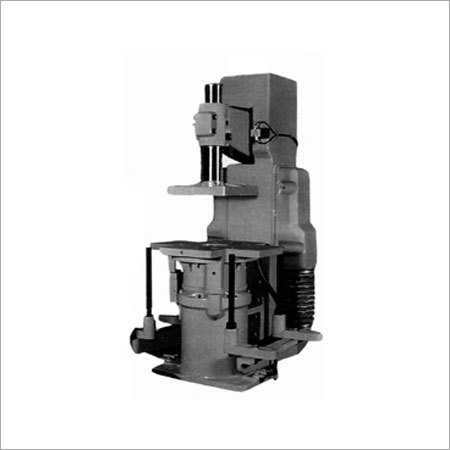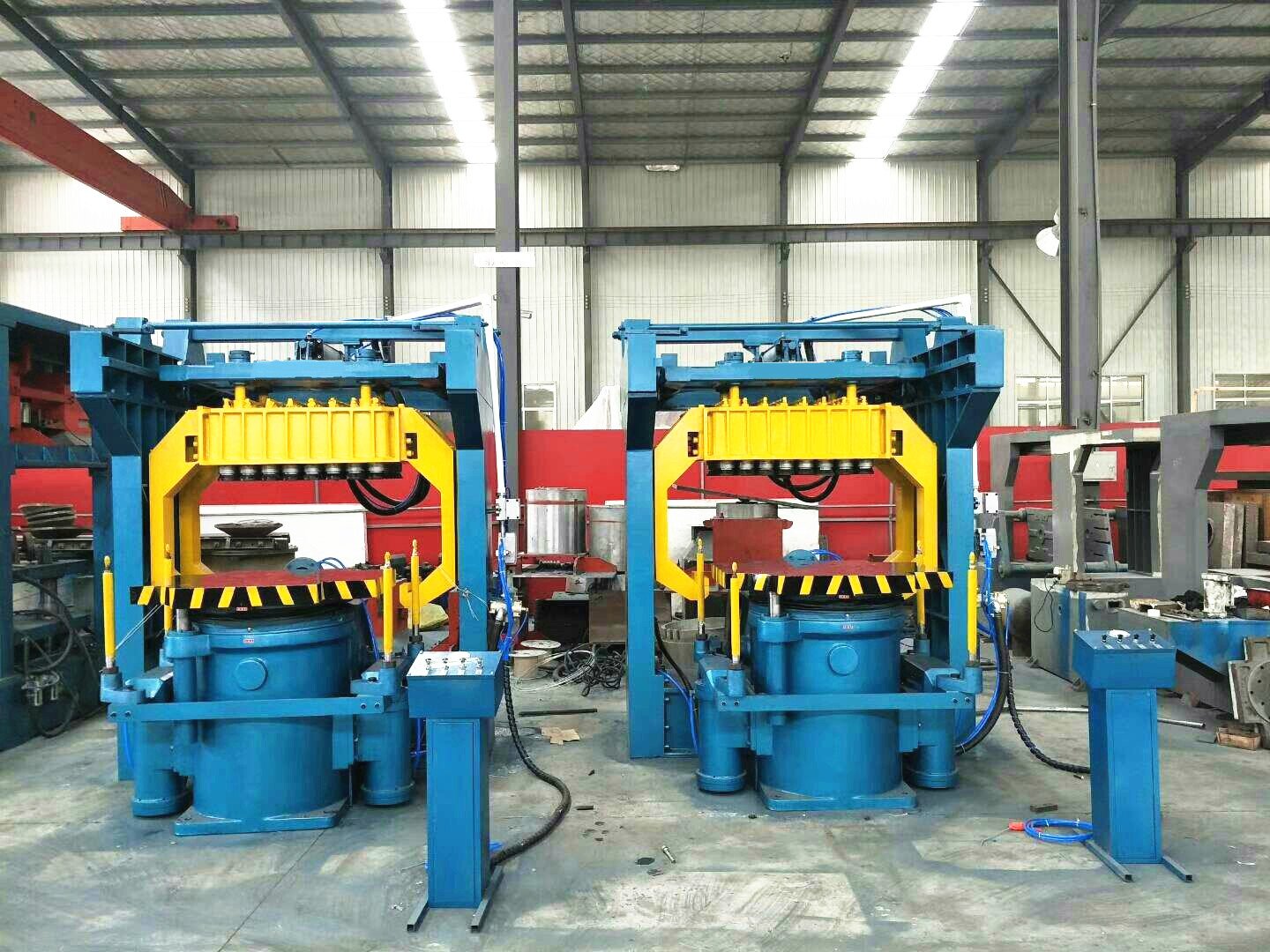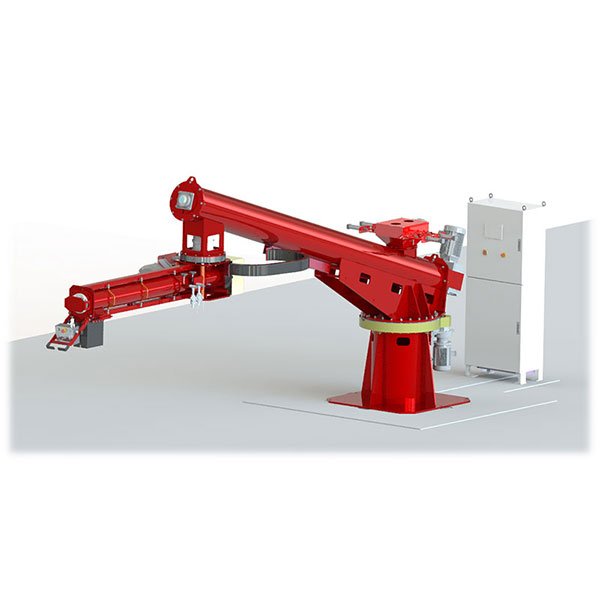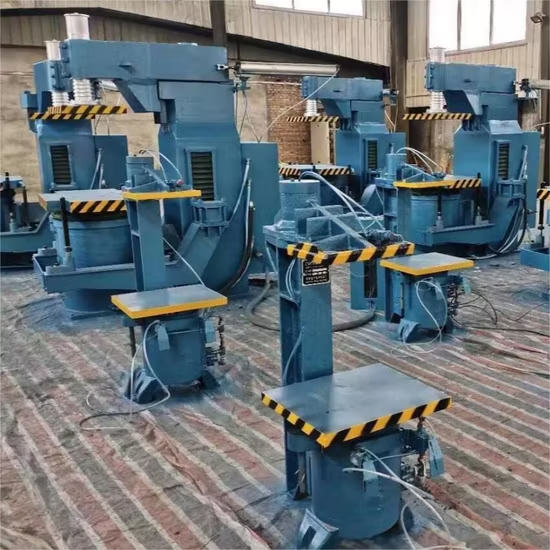
Casting defects are expensive, frustrating, and often preventable—with the right machines doing the right jobs.
The best way to reduce casting defects is to use specialized, well-maintained foundry equipment that ensures consistency, precision, and process control from mold to pour.
Your equipment determines your output quality. In this guide, I’ll walk through how proper machine selection and maintenance can drastically reduce your casting defect rates.
Why Foundry Machines Play a Key Role in Casting Quality?
Even the best raw materials can’t overcome faulty equipment.
Foundry machines provide consistent, repeatable processes that minimize human error and increase the precision needed to avoid common casting defects.
In metal casting, every stage matters—molding, core placement, pouring, and cooling. Machines bring control and consistency to these steps, reducing reliance on operator judgment and minimizing variability.
I’ve seen firsthand how automated pouring reduced misruns at one client’s site by over 40%. Humans make errors. Machines don’t get tired.
Choosing the right equipment also means matching machine capabilities to your process—whether you're working with ferrous or non-ferrous metals, sand or shell molds, large or intricate castings.
Common Casting Defects Caused by Improper Equipment?
If your castings are suffering from porosity, shrinkage, or dimensional errors, it’s time to look at your machines.
Improper or outdated foundry machines often cause defects like gas porosity, inclusions, shrinkage, and mold shift due to inconsistent performance.
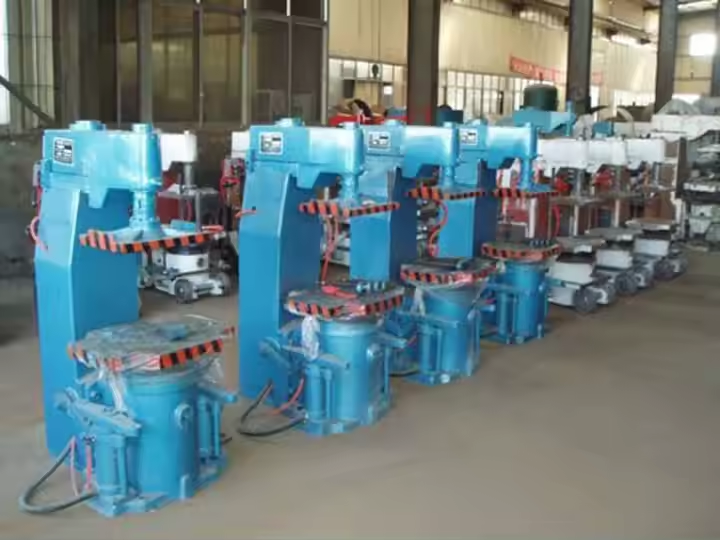
| Defect Type | Machine-Related Cause |
|---|---|
| Gas Porosity | No degassing unit or uncontrolled pouring |
| Shrinkage Cavities | Poor cooling control or mold design flaws |
| Sand Inclusions | Inconsistent sand quality or poor molding |
| Misruns & Cold Shuts | Unstable pouring rate |
| Dimensional Inaccuracy | Outdated pattern machines |
For example, I worked with a foundry that had excessive sand inclusions. The culprit? Their aging molding machine delivered uneven compaction. Once replaced, inclusion rates dropped by 60%.
Foundry Machines That Help Reduce Casting Defects
Not all machines are equal—some are engineered specifically to eliminate defects.
Using the right combination of molding, core-making, pouring, and monitoring machines is key to producing defect-free castings.
| Machine Type | Defect Prevented | Function |
|---|---|---|
| Molding Machine | Burn-on, sand inclusion | Ensures uniform mold compaction |
| Core Shooter | Core mismatch, blowholes | Creates consistent, accurate cores |
| Automatic Pouring System | Cold shuts, misruns | Delivers precise metal volumes |
| Degassing Unit | Gas porosity | Removes hydrogen from molten metal |
| Sand Mixer | Inclusion, poor collapsibility | Maintains sand quality and consistency |
| Cooling Conveyor | Cracks, shrinkage | Controls solidification and cooling |
| Filtration System | Inclusions | Removes slag and oxides from melt |
Each machine should be selected not only for function but also for fit within your current workflow.
How to Choose the Best Foundry Machine for Your Casting Process
Don’t guess—choose with purpose.
Select machines based on your casting material, production scale, automation needs, and compatibility with existing processes.

Here's what I always evaluate with my clients:
- Material Type: Different metals need different degassing, pouring, and cooling approaches.
- Production Volume: High volume? Invest in automation. Low volume? Opt for versatile, flexible machines.
- Automation Level: Balance cost vs. consistency. Sometimes semi-automation is the sweet spot.
- Workflow Compatibility: New equipment should fit with your existing handling and finishing setups.
We once helped a non-ferrous foundry upgrade to a servo-driven pouring system. It integrated smoothly into their existing mold line and paid for itself in less than a year through scrap reduction.
Maintenance Practices to Keep Your Foundry Machine Defect-Free
Even the best machines fail without care.
Preventive maintenance ensures machine accuracy and stability, directly reducing casting defects caused by mechanical or sensor failures.
| Maintenance Task | Frequency | Purpose |
|---|---|---|
| Inspect hydraulic & pneumatic lines | Daily | Prevent leaks or uneven pressure |
| Calibrate temperature sensors | Weekly | Ensure accurate melt & pour control |
| Check mold compaction levels | Daily | Avoid uneven molds |
| Clean and lubricate moving parts | Weekly | Prevent jamming or wear |
| Replace worn seals and nozzles | Monthly | Prevent leaks, air entrapment |
I’ve seen predictive maintenance tools like vibration sensors save clients thousands by alerting them before catastrophic failures. One sensor, one alert, zero scrap that day.
Upgrading vs. Repairing Your Foundry Machine
Sometimes, repairs just delay the inevitable.
When machines consistently cause defects or downtime, upgrading may provide better ROI than continued patchwork repairs.
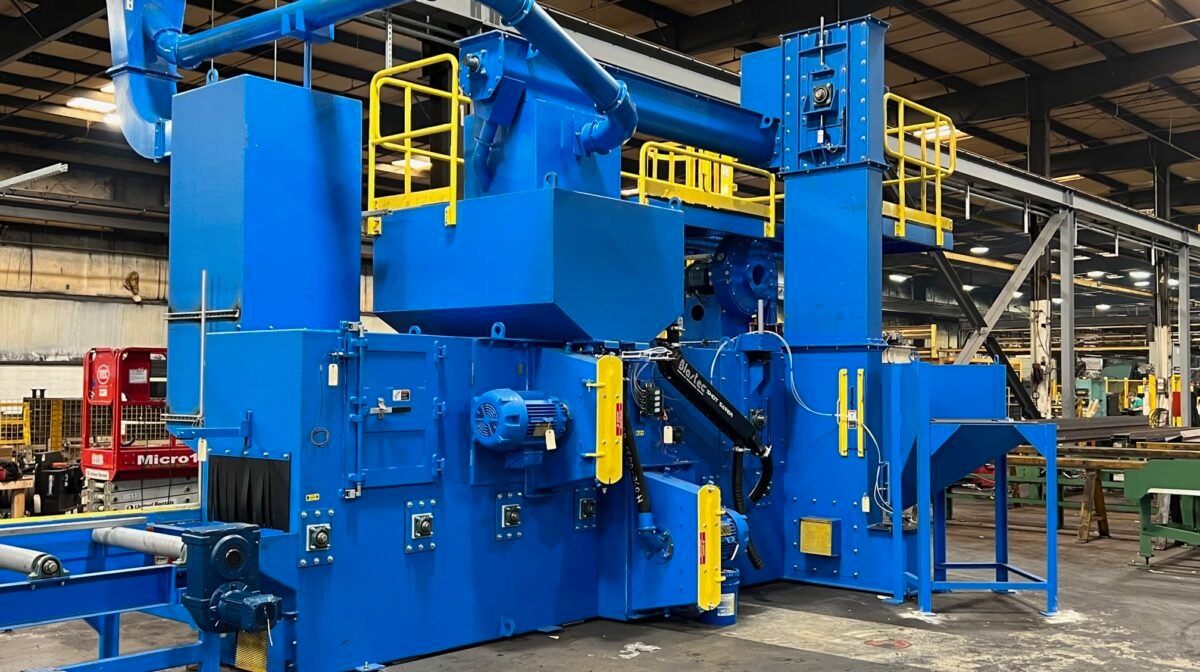
| Symptom | Action Suggestion |
|---|---|
| Frequent unplanned downtime | Consider replacement |
| Inconsistent part quality | Inspect for obsolescence |
| Control system is analog/manual | Upgrade for precision |
| Repair costs > 50% of new price | Replace |
We helped a partner replace an old molding machine that had constant shift in sand delivery pressure. The result? Uniform molds and a 35% drop in rework.
Real Examples of Foundry Machine Improvements Reducing Defects
There’s nothing more convincing than results.
Real-world examples show that switching or upgrading machines leads to significant drops in casting defects.
Automated Pouring System
Before: Manual ladling caused flow variation and misruns
After: Automated pouring reduced scrap rate by 42%High-Precision Core Shooter
Before: Core misalignment led to internal voids
After: Mismatch eliminated, casting consistency improvedInline Filtration System
Before: Slag inclusions in high-silicon alloys
After: Filtration unit caught 90% of contaminants before pouring
These are not hypothetical—they’re typical when the right technology meets a committed team.
Final Recommendations for Foundry Machine Optimization
Reduce defects by upgrading both machines and processes.
Audit key machines, train your team thoroughly, and implement a continuous feedback loop using real-time data.

✅ Final Checklist
- Are your molding and pouring systems automated?
- Is sand quality monitored with each batch?
- Are machines calibrated weekly?
- Are operators trained on defect detection?
- Do you collect machine performance data?
Optimization isn’t a one-time fix—it’s a mindset. When machines are precise and well-maintained, casting quality becomes reliable and repeatable.
FAQ: Foundry Machine and Defect Reduction
Q: How do I know if my foundry machine is causing defects?
A: Track defect patterns. If specific issues (e.g., porosity, inclusions) correlate with one machine or time slot, that’s your clue.
Q: Which machine upgrade offers the best ROI?
A: Pouring systems and molding machines generally offer the fastest returns due to their direct impact on casting quality.
Q: Can automation eliminate all casting defects?
A: No, but it significantly reduces variability. Combined with skilled operators and real-time monitoring, automation leads to the lowest defect rates.
Conclusion
Casting defects aren’t inevitable—they’re preventable. With the right machines, a solid maintenance plan, and a team trained to act on data, your foundry can achieve world-class quality and efficiency.


